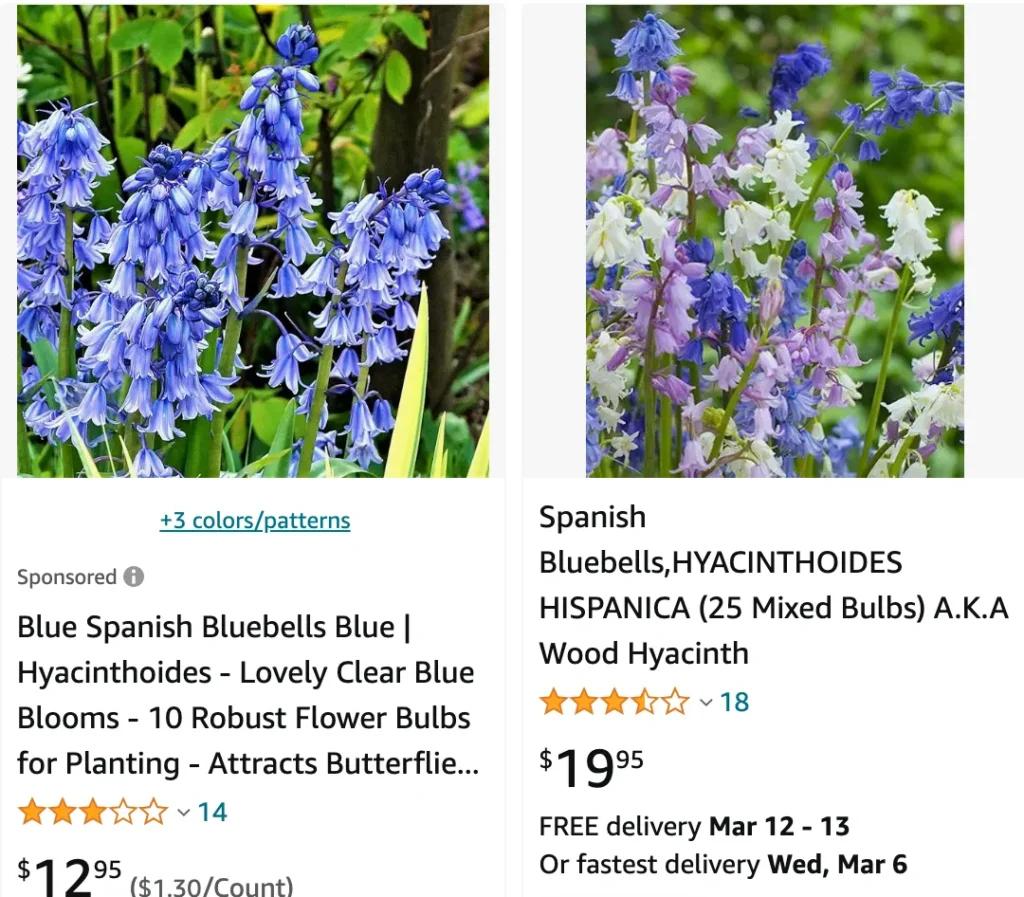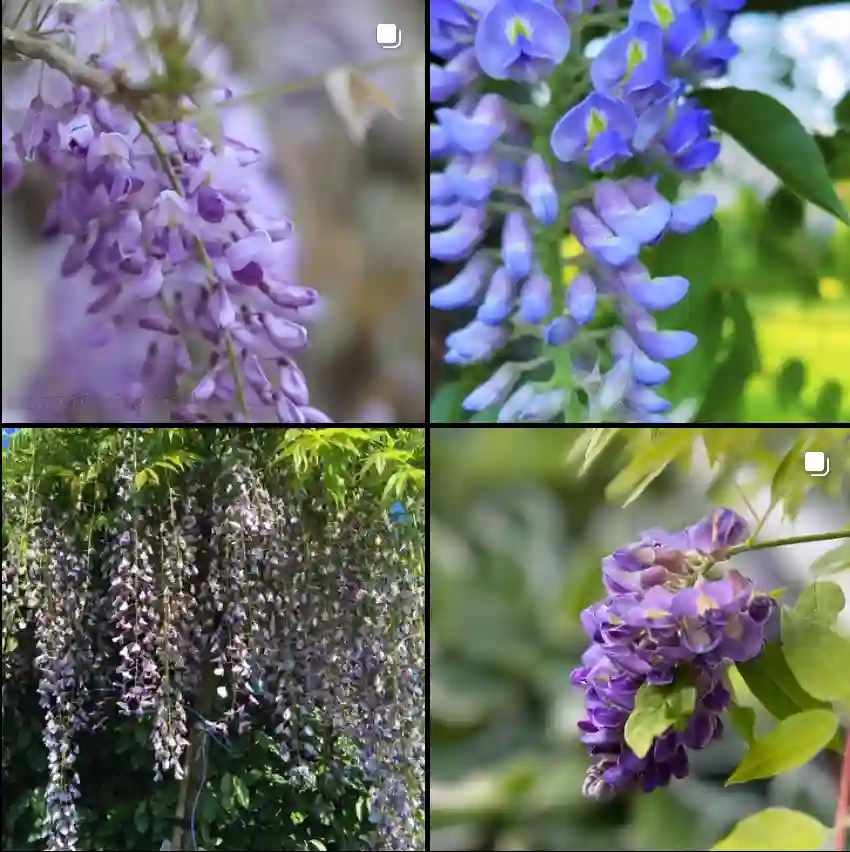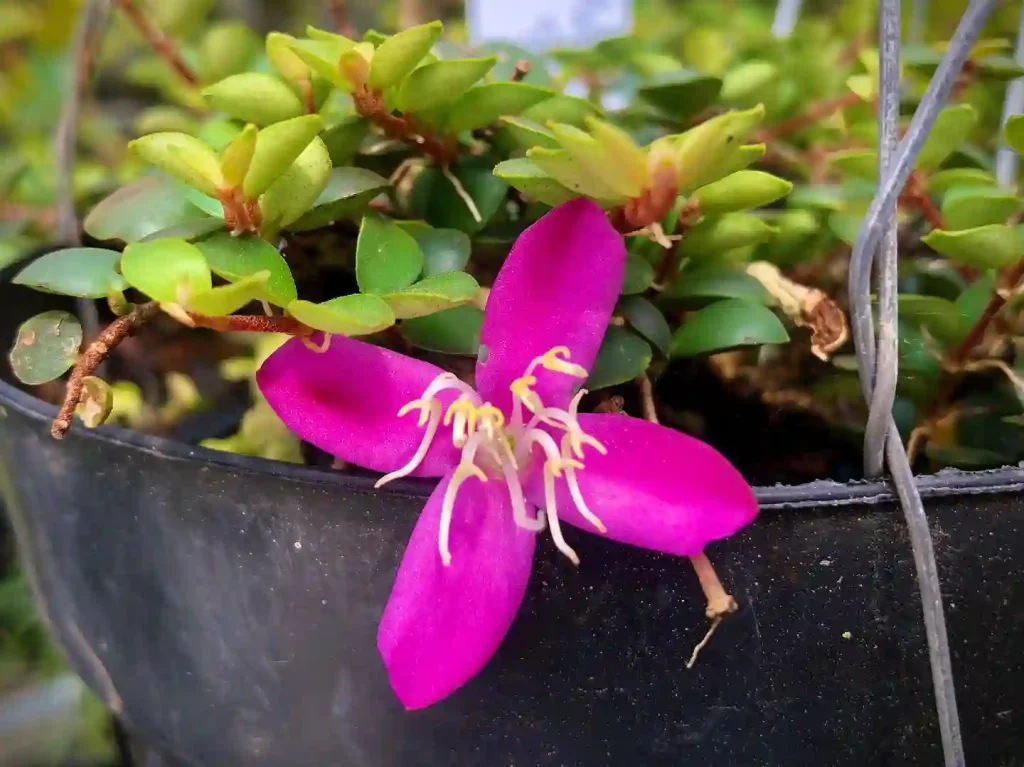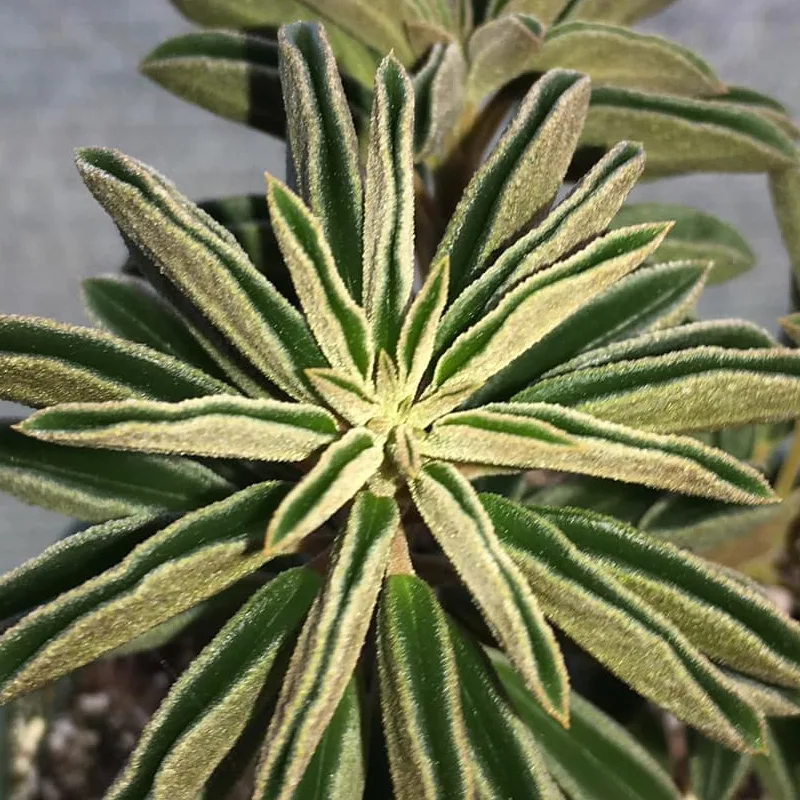
The Enduring Charm of Hyacinthoides: A Gardener’s Guide
For those seeking to cultivate a touch of springtime magic in their gardens, look no further than Hyacinthoides. These charming bulb flowers belong to the Asparagaceae family, often referred to as bluebells, boast vibrant bell-shaped blooms in shades of blue, purple, and even white. Their delicate fragrance adds another layer of delight to their presence, making them a true sensory experience.
Having nurtured these beauties in my own garden for years, I’ve come to appreciate their resilience and ease of care. In this guide, I’ll share my experience and unveil the secrets to cultivating a thriving patch of Hyacinthoides in your own backyard.
Hyacinthoides species
- Hyacinthoides aristidis (Coss.) Rothm.
- Hyacinthoides cedretorum (Pomel) Dobignard
- Hyacinthoides ciliolata (Pomel) Rumsey
- Hyacinthoides flahaultiana (Emb.) Dobignard
- Hyacinthoides hispanica (Mill.) Rothm.
- Hyacinthoides italica (L.) Rothm.
- Hyacinthoides kroumiriensis El Mokni, Domina, Sebei & El Aouni
- Hyacinthoides lingulata (Poir.) Rothm.
- Hyacinthoides × massartiana Geerinck
- Hyacinthoides mauritanica (Schousb.) Speta
- Hyacinthoides non-scripta (L.) Chouard ex Rothm.
- Hyacinthoides paivae S.Ortiz & Rodr.Oubiña
- Hyacinthoides reverchonii (Degen & Hervier) Speta
Hyacinthoides vs Scilla
I’ve grown Hyacinthoides and Scilla, and while Hyacinthoides often gave me a charming, long-lasting display of bell-shaped flowers, Scilla’s delicate blue blooms always felt like a refreshing burst of color in the garden.
How to Pronounce Hyacinthoides?
The name “Hyacinthoides” might seem like a tongue twister at first. Here’s how to break it down:
- Hi-a-cinth (like the flower hyacinth)
- oi (pronounced “oy” as in “boy”)
- des (rhymes with “mess”)
With a little practice, you’ll be pronouncing it like a pro in no time.
How to plant Hyacinthoides?
The key to a successful Hyacinthoid display lies in proper planting. Here’s what you need to know:
- Timing is key: Ideally, plant your Hyacinthoid bulbs in the fall, around 6-8 weeks before the ground freezes. This allows them to develop a good root system before winter.
- Location, location, location: Hyacinthoides thrive in dappled sunlight or partial shade. Avoid placing them in full sun, especially during the hottest parts of the day.
- Soil preparation: Ensure well-draining soil. Amending the planting area with compost or aged manure can improve drainage and provide essential nutrients.
- Planting depth: Dig a hole 2-3 times deeper than the height of the bulb. As a general rule, aim for a depth of 4-6 inches.
- Spacing: Plant your bulbs 3-4 inches apart for a clustered effect, or space them further for a more naturalized look.
How to Care for Hyacinthoides?
Once planted, Hyacinthoides require minimal maintenance. Here are some basic care tips:
- Watering: Water regularly during the spring growing season, especially during dry spells. However, avoid overwatering, as this can lead to bulb rot.
- Feeding: Apply a balanced fertilizer in early spring before the emergence of new growth. A light feeding after flowering can also be beneficial.
- Mulching: Apply a layer of mulch around the base of the plants in late fall or early winter. This helps retain moisture, regulate soil temperature, and suppress weeds.
- Deadheading: Once the flowers fade, remove the flower stalks to prevent seed production and encourage the plant to focus its energy on bulb development for the following year.
Letting the Magic Unfold: Enjoying Your Hyacinthoides
With proper care, your Hyacinthoides will reward you with a breathtaking display of color and fragrance in the spring. Here are some ways to maximize their impact:
- Planting in drifts: Plant Hyacinthoides in groups for a more impactful display. Beds, borders, or underplanting trees with dappled shade are perfect locations.
- Companion planting: Hyacinthoides pair beautifully with other spring-blooming bulbs like tulips, daffodils, and crocuses. Consider their bloom times and colors to create a harmonious composition.
- Naturalizing: Allow Hyacinthoides to naturalize in areas where they can spread and create a carpet of blue or purple in your garden. Wooded areas or beneath deciduous trees are ideal for this purpose.
Beyond the Bloom: Maintaining Hyacinthoides
After the flowers fade and the foliage starts to yellow in late spring or early summer, it’s time to let the natural cycle take its course. Here’s what to do:
- Leave the foliage: Resist the urge to cut back the leaves prematurely. The foliage plays a crucial role in replenishing the bulb’s energy stores for next year’s blooms.
- Deadheading: Once the leaves have completely died back, you can remove them.
- Dividing: If your Hyacinthoides become overcrowded after several years, you can dig up the bulbs in summer after the foliage has died back. Divide them and replant them in fresh soil.
Conclusion: The Enduring Appeal of Hyacinthoides
Hyacinthoides offer a delightful combination of low maintenance and stunning visual appeal. With their ease of care and ability to naturalize, they’re a perfect choice for gardeners of all levels. So, embrace the magic of Hyacinthoides and add a touch of springtime enchantment to your garden.
If i die, water my plants!



